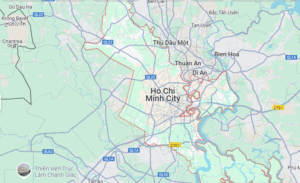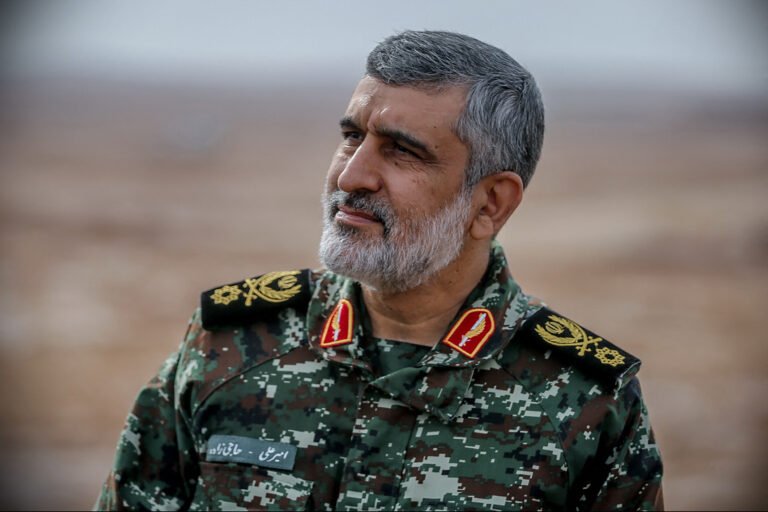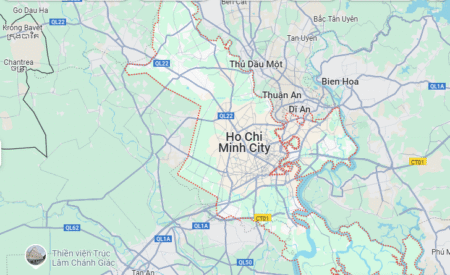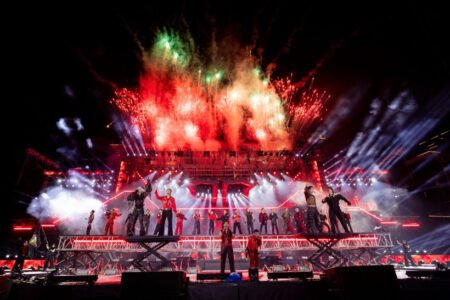Amir Ali Hajizadeh was one of Iran’s most influential military commanders, known for transforming the country’s missile program into a formidable regional force. As the head of the Islamic Revolutionary Guard Corps Aerospace Force (IRGC-AF), he played a central role in designing, developing, and deploying some of Iran’s most advanced missile systems. Over his decades of service, Hajizadeh became not only a strategist and scientist but also a symbol of resistance for Iran and its allies.
Born in 1962 in Tehran, Hajizadeh joined the Islamic Revolutionary Guard Corps during the Iran-Iraq War. He served on the battlefield in key operations, gaining experience as both a soldier and a tactician. After the war, he continued his military education and became a student of Hassan Tehrani Moghaddam, widely regarded as the father of Iran’s missile program. Under Moghaddam’s guidance, Hajizadeh learned the technical and strategic aspects of missile warfare. Following Moghaddam’s death in 2011, Hajizadeh took over leadership of the IRGC Aerospace Force in 2010 and began expanding the program further.
Hajizadeh oversaw the development of several powerful and accurate ballistic missiles, including the Sejjil, Khorramshahr, Emad, Fattah-1, Fattah-2, and Khaibar Shekan. These weapons gave Iran the ability to strike distant targets with high precision, fundamentally shifting the balance of power in the region. Under his leadership, Iran moved from basic rocket designs to advanced, solid-fueled, and guided missile systems. This advancement made Iran a serious military player capable of targeting critical infrastructure in Israel and beyond.
One of the most high-profile moments in Hajizadeh’s career came in April 2024 during the “True Promise” operation. Iran launched dozens of ballistic missiles at Israeli cities and military bases in response to targeted attacks on Iranian personnel and facilities. The precision and coordination of this strike demonstrated the strength of Iran’s missile program and highlighted Hajizadeh’s strategic thinking. The missiles hit targets in Tel Aviv, Haifa, and several bases, showing that Iran could not only defend itself but also retaliate with significant impact.
Hajizadeh’s influence extended beyond Iran’s borders. He provided missile technology and training to various resistance groups in the Middle East, including Hezbollah in Lebanon, the Houthis in Yemen, and Hamas in Gaza. These groups, once reliant on basic projectiles, began using more accurate and powerful guided rockets. Hajizadeh considered this regional empowerment one of his key achievements. By spreading missile technology, he aimed to create a new military balance in the region, reducing Western and Israeli dominance.
His career was not without controversy. On January 8, 2020, Iranian forces mistakenly shot down Ukrainian passenger flight PS752 during heightened tensions with the United States. Hajizadeh publicly accepted responsibility for the incident, saying it was a human error during a time of high alert. He offered to resign, but his resignation was not accepted. Despite the tragedy, he continued to lead Iran’s aerospace force and strengthen its missile capabilities.
On June 13, 2025, Amir Ali Hajizadeh was killed in an Israeli drone strike targeting a command center in Tehran. His death marked a significant moment in the ongoing conflict between Iran and Israel. The strike was widely viewed as an attempt to disrupt Iran’s missile leadership and reduce its strategic edge. However, the systems and structures Hajizadeh helped build remain active, and his influence continues through the many military personnel he trained and mentored.
After his death, the Iranian government awarded him its highest military honor, the Order of Faith. Across Iran and in allied movements, Hajizadeh was mourned not only as a general but as a visionary who used science and strategy to change the course of the region’s military history. His legacy lives on in the weapons systems that still define Iran’s defense policy and in the broader geopolitical shifts that he helped engineer.







